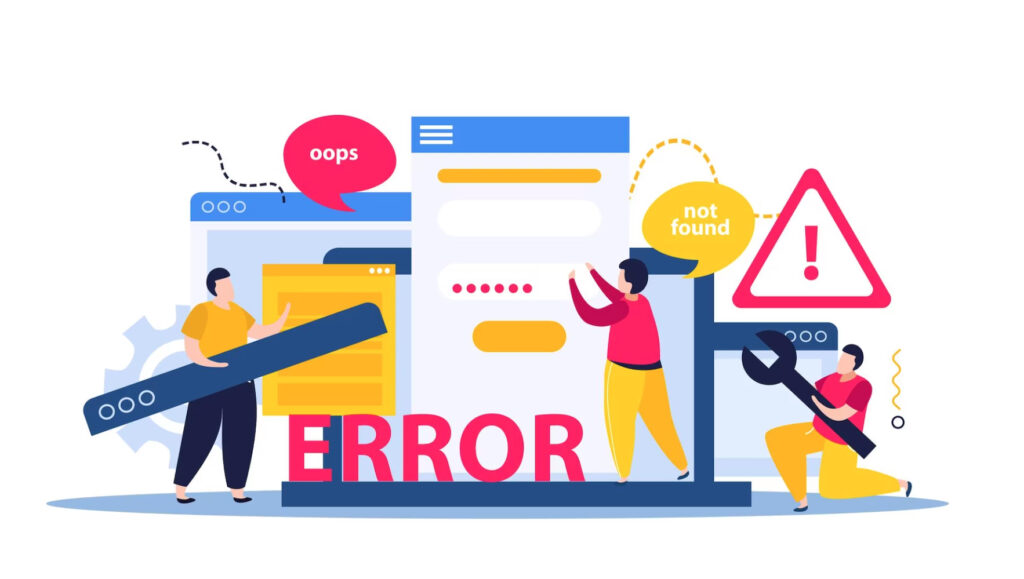As a website owner, it’s crucial to regularly monitor your site’s health to ensure it’s running smoothly. One way to do this is by identifying and fixing site errors, such as broken links or slow loading pages. Site errors not only impact user experience but also affect your website’s search engine ranking. WordPress analytics is a powerful tool that can help you identify and fix site errors. By monitoring your website’s performance, WordPress analytics can give you insights into your site’s health and help you make data-driven decisions to improve it.
Setting up WordPress Analytics
To set up WordPress analytics, you’ll need to install a plugin on your WordPress site. The most popular plugin for this purpose is Google Analytics, which is free and easy to use.
Detailed instructions for installing the WordPress analytics plugin
- Log in to your WordPress dashboard
- Click on “Plugins” in the left-hand menu
- Click on “Add New”
- Search for “Google Analytics” in the search bar
- Click “Install Now” on the Google Analytics plugin
- Once installed, click “Activate”
To get the most out of WordPress analytics, consider configuring the following settings:
- Enable demographic and interest data tracking: This will give you insights into your audience’s age, gender, and interests, which can help you tailor your content to their needs.
- Set up goals and conversions: This will allow you to track how users interact with your site and measure the success of your marketing efforts.
- Set up site search tracking: This will allow you to track what users are searching for on your site and optimize your content accordingly.
Identifying Site Errors with WordPress Analytics
WordPress analytics can help you identify various site errors, including:
- Broken links
- Slow loading pages
- High bounce rates
- Low engagement rates
- Errors in tracking codes
Step-by-step instructions for using WordPress analytics to identify site errors
- Log in to your WordPress dashboard and click on “Analytics” in the left-hand menu
- Navigate to the “Behavior” section and click on “Site Speed” to view your site’s loading speed
- Navigate to the “Behavior” section and click on “Site Search” to view what users are searching for on your site
- Navigate to the “Behavior” section and click on “Site Content” to view your site’s most popular pages and identify any pages with a high bounce rate or low engagement rate
- Navigate to the “Acquisition” section and click on “Referrals” to view which external sites are linking to your site and identify any broken links
Common site errors to look out for and how to fix them
- Broken links: Use a broken link checker plugin to identify and fix broken links.
- Slow loading pages: Optimize your images, use a caching plugin, and consider upgrading your hosting plan.
- High bounce rates: Improve your site’s navigation, make sure your content is relevant to the user, and improve your site’s loading speed.
- Low engagement rates: Use analytics to identify what type of content users are engaging with and create more of it.
- Errors in tracking codes: Make sure your tracking codes are installed correctly and troubleshoot any issues that arise.
Fixing Site Errors with WordPress Analytics
To fix site errors using WordPress analytics, you’ll need to use the insights you gained from analyzing your site’s performance. For example, if you identified broken links or slow loading pages, you’ll need to take steps to fix these issues. Similarly, if you identified pages with high bounce rates or low engagement rates, you’ll need to improve your site’s navigation or create more relevant content.
Tips for prioritizing which site errors to fix first
To prioritize which site errors to fix first, consider the impact they have on your site’s performance and user experience. For example, broken links and slow loading pages can have a significant impact on user experience, while pages with high bounce rates may indicate a larger issue with your site’s navigation or content.
Step-by-step instructions for fixing common site errors identified with WordPress analytics
- Broken links: Use a broken link checker plugin to identify broken links and either remove or update them.
- Slow loading pages: Optimize your images, use a caching plugin, and consider upgrading your hosting plan to improve your site’s loading speed.
- High bounce rates: Improve your site’s navigation, make sure your content is relevant to the user, and improve your site’s loading speed.
- Low engagement rates: Use analytics to identify what type of content users are engaging with and create more of it.
- Errors in tracking codes: Make sure your tracking codes are installed correctly and troubleshoot any issues that arise.
Remember to test your site after making any changes to ensure that the errors have been fixed and that your site’s performance has improved.
Conclusion
Identifying and fixing site errors is crucial to maintaining a healthy and successful website. Site errors can lead to a poor user experience, decreased search engine rankings, and lost traffic and revenue. By using WordPress analytics to monitor and identify site errors, you can take steps to fix them and improve your site’s performance.
WordPress analytics is a powerful tool that can help you identify and fix site errors. However, it’s important to use it regularly to ensure that your site is always functioning at its best. By regularly monitoring and maintaining your website’s health, you can provide a better user experience for your visitors and improve your site’s overall success. So don’t hesitate to use WordPress analytics to keep your site in top shape!
